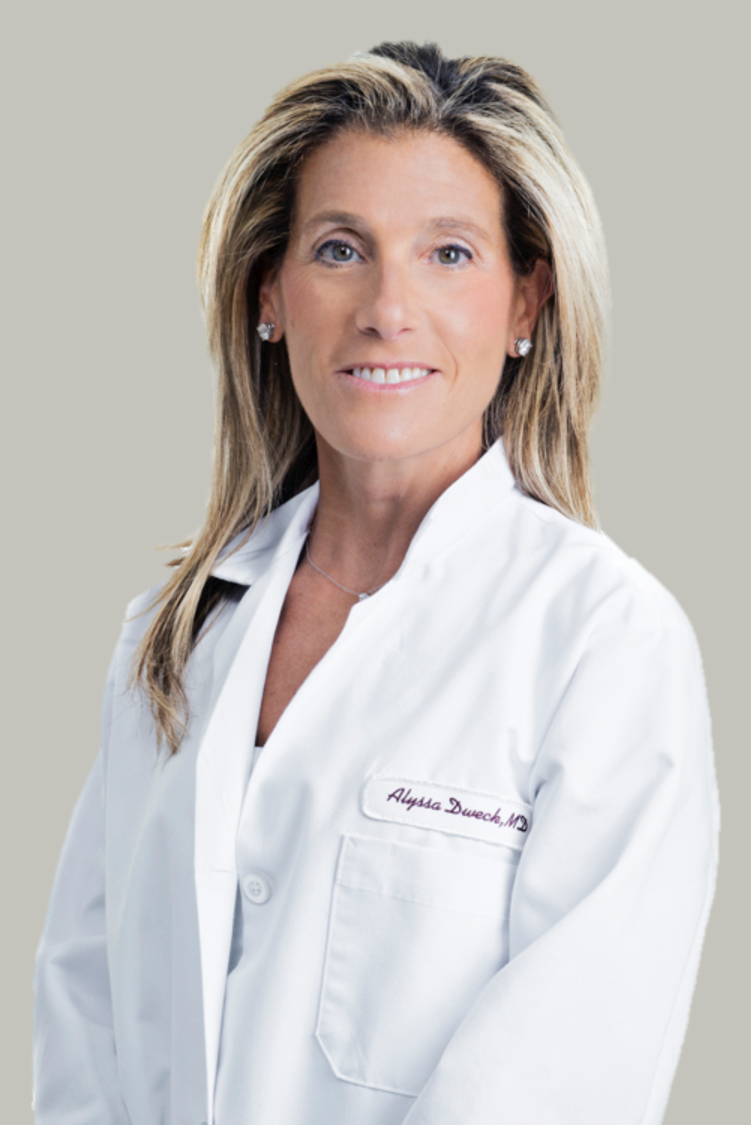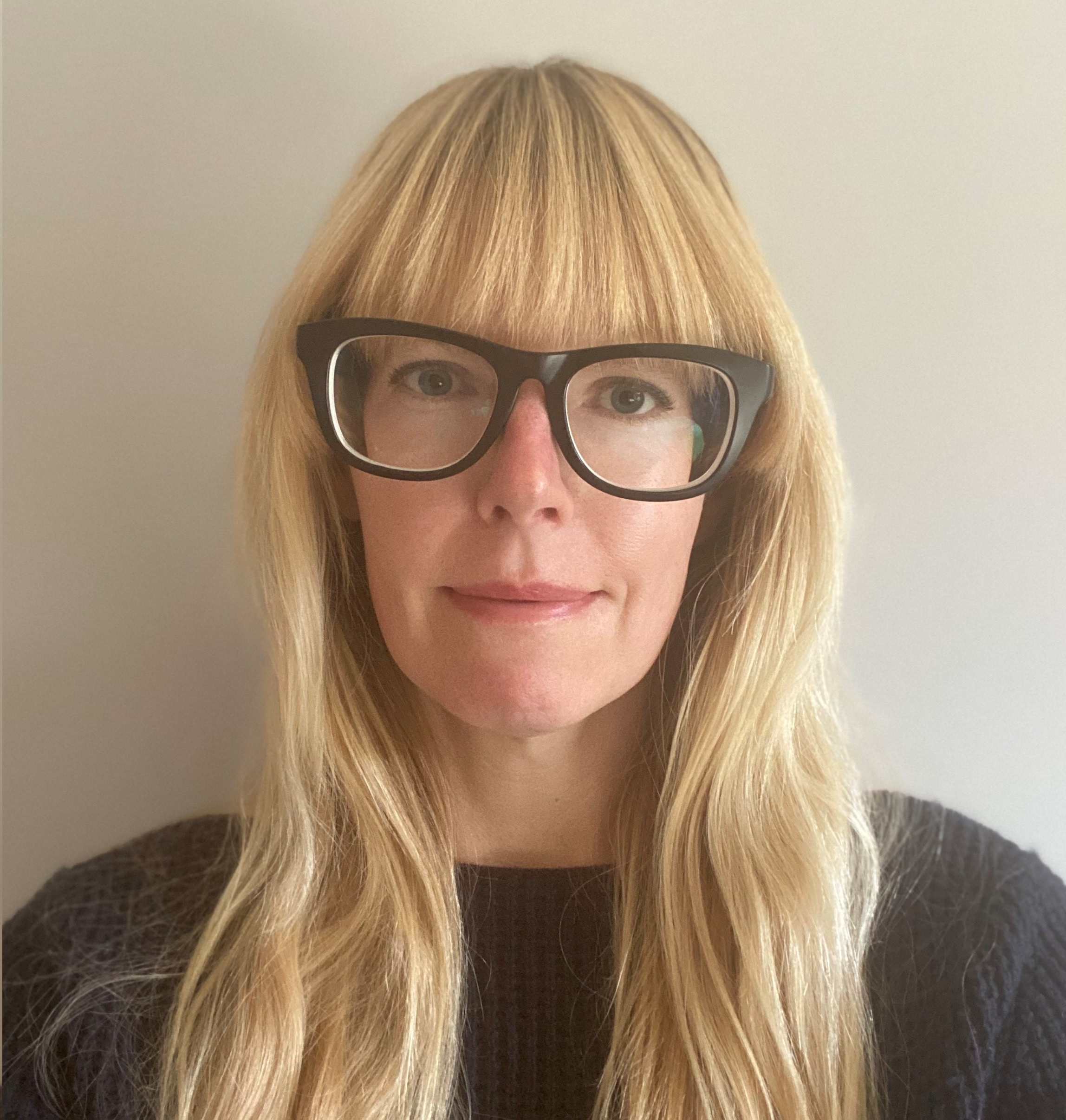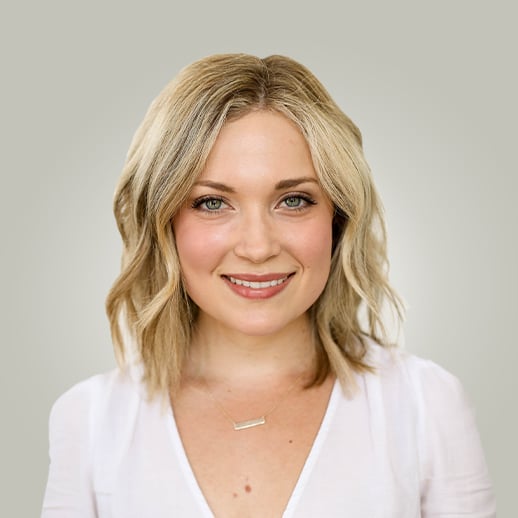“Not tonight honey, I have a headache,” takes on an entirely new meaning during peri-menopause and menopause. The connection between menopause and headaches makes sense: after all, headaches can be triggered by estrogen fluctuations. In fact, hormone-related migraines and headaches are an incredibly common complaint, with a significant percentage of the adult female population affected at some point in their lives. First and foremost, one must ensure there is no significant underlying medical cause behind the head pain. Once that’s firmly established, we can start to consider if hormones are to blame, at least in part.
The Connection Between Hormones and Headaches
Many women are already aware of the connection between headaches and their hormones. Some note a menstrual cyclical recurrence of PMS headaches, starting just before their flow begins, as estrogen levels plummet. Headaches tend to improve during pregnancy when estrogen levels are high. They may worsen during the peri-menopausal transition when estrogen levels are volatile. Some theorize that the more abrupt declines in estrogen are partially to blame for hormonal headaches during menopause. Progesterone decline may also be in play but this association is less clear.
Migraines Before and During Menopause
Classic migraine headaches are super common, particularly during midlife. Women who have already experienced hormonal headaches may find their migraines worsen during perimenopause and menopause. These moderate to severe throbbing headaches are usually experienced on one side of the head and may be associated with nausea, vomiting and light sensitivity. An aura may accompany migraine; flashing lights or wavy lines or even loss of vision or speech may occur. The presence of an “aura” is particularly important to distinguish, since the estrogen component of birth control pills, can lead to a small increased risk of ischemic stroke in those who experience them.
How to Manage and Prevent Menopause Headaches and Migraines
The good news is that women who get headaches before and during menopause don’t have to suffer through them. Whether you have a history of hormone-related headaches and find they’re increasing in frequency and severity as you transition through menopause, or are experiencing headaches for the first time, you’ve got choices when it comes to managing and avoiding the pain:
What Does Sleep Have to Do with It?
Interrupted sleep, insufficient sleep or sleeping late might increase the frequency of headaches. Menopausal women often suffer with one or more of these sleep disturbances. Up your sleep hygiene game by avoiding caffeine and sugar before bed, limiting screen time before sleep, practicing mindfulness while falling asleep and gaining control of hot flashes and night sweats.
Caffeine Helps
Of course, this solution applies to daytime caffeine use. Many women will find a good cup o’ joe will thwart an oncoming headache.
Avoid Dietary Triggers
Red wine, MSG, artificial sweeteners and aged cheeses are common migraine triggers. If you are prone to headaches, think twice before indulging.
Minimize Stress
Regular exercise and stress reduction through mindfulness, meditation or yoga can relieve and prevent tension headaches. In fact, stress is a common trigger of headache, no matter what your age or hormonal status is.
Over-the-counter and Prescription Medications
Multiple treatment options for headache are available including analgesic agents, traditional migraine meds, like Imitrex, and even Botox injections. When related to hormonal changes, headache prevention is always best.
Conventional and Plant-based Hormone Therapy
Hormone therapy can be used to treat vasomotor symptoms, such as hot flashes and night sweats, which are due to falling estrogen levels. However, no hormonal product is FDA approved to prevent or treat menopause headaches. Some evidence suggests that phytoestrogens like black cohosh can either prevent or aggravate headaches, so again, information is conflicting.
It may take some trial and error to determine the best treatment option for you, but always remember to consult with your physician first.







